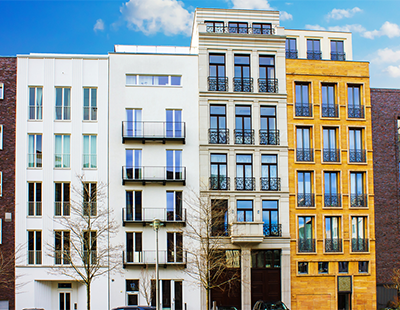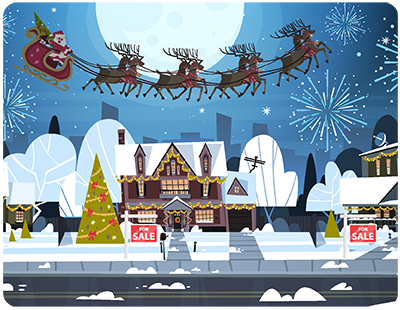
The Nationwide has bucked the trend of many industry organisations by insisting that the private rental market is still in good shape, despite a raft of challenges being thrown up by government.
In its latest monthly market snapshot, Nationwide says its analysis of the English Housing Survey provides interesting insights into the rental sector.
Most eye-catching, it says, is the boom in the proportion of flats, which are popular with investors - around 60 per cent of flats are privately rented versus 18 per cent of other property types which are privately owned.
“Flats accounted for a relatively high share of newly constructed dwellings. During the period 2005 to 2008 nearly half of new completions in England were flats. While construction has shifted back towards houses in recent years, flats still accounted for circa 20 per cent of new units last year, above their share of the stock” according to the Nationwide’s chief economist, Robert Gardner.
“It is interesting to note that since 1996, the proportion of rented flats within the stock has increased from 4.9 per cent to 9.2 per cent of private dwellings (equivalent to one million additional units). There has also been a substantial increase in both the number and proportion of privately rented terraced houses, which now represent 8.9% of the stock” he adds.
“Over the same period, the number of owner occupied terraces has actually fallen, suggesting some of these properties transferred across to the rental sector. The property type which has become much less prevalent is bungalows, which now make up 8.6 per cent of the stock, down from 10.7 per cent in 1996” reveals Gardner.
“This may be unexpected, given demographic trends and the popularity of this type of property amongst older people. A 2014 report found that households where the eldest person was aged 65 or over were six times more likely to live in bungalows than other households (21 per cent compared with four per cent), while households with older people were less likely to live in flats (14 per cent compared with 22 per cent).”













%20-%20IMAGE%20Client%20Accounting%20%E2%80%93%20what%20are%20your%20options.jpg)









Join the conversation
Be the first to comment (please use the comment box below)
Please login to comment